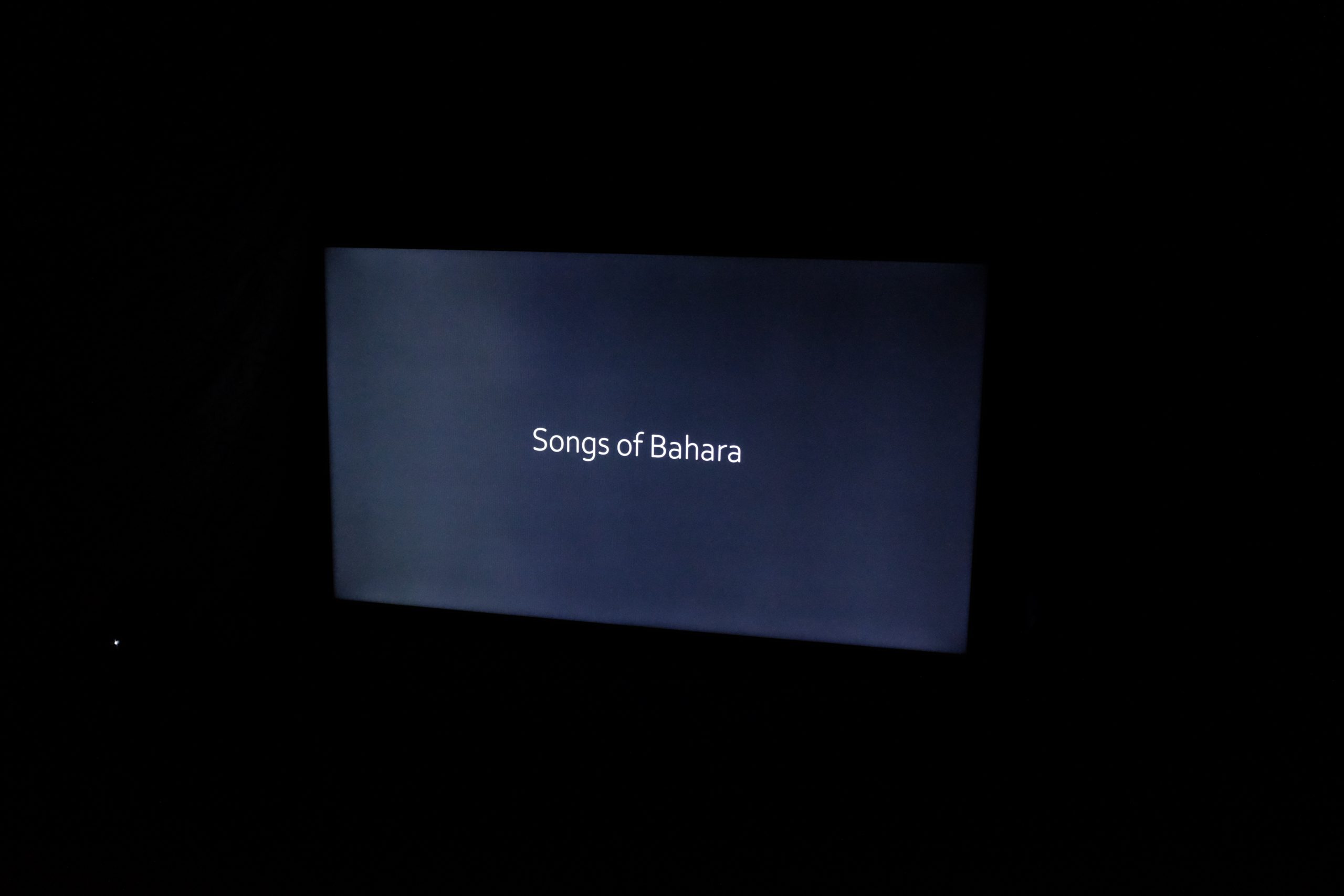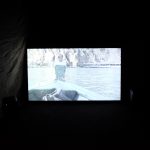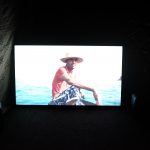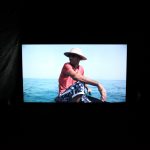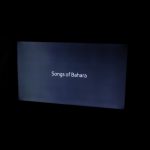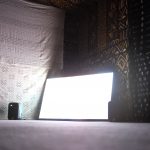Songs of Bahara delves into the soundscape of the bahara, fishermen, from the northwest of Tunisia, one of the harshest southern Mediterranean coastlines. The artwork juxtaposes visuals of being at sea with a sound composition that mixes the tale of one fisherman in rough waters with the everyday rhythms and sounds of life on the boat. Centering fishermen’s acoustic lives at sea, Songs of Bahara asks what can we hear, what other sounds resonate, when the sound of the human voice dissipates?
It is a sensorial portrait of a flouka at sea off the harsh northwest coast of Tunisia. The bahara, fishermen,
are of the Mediterranean. The sea is mundane, the site of their daily labor; it is hostile, the place where they take hazardous risks; it is home, a body of water whose currents, eddies, and flows are site specific. In Songs of Bahara, the visuals of a fisherman’s hands, arms, and weathered face are accompanied by a sound composition that creates a sense of the ethnographic site and emphasizes the repetition inherent to this form of labor. The video draws from the bahara’s acoustic world: the squeak of the oars, the purr of the motor, the hum of wind over water. It centers one of the stories we collected: a fragment of one fisherman’s memory of a harrowing day in the Mediterranean. The dense and expressive sounds of his environment are amplified and distorted so as to sonically evoke what it feels like to experience the world from the vantage point of a flouka at sea. On that day, the sea was “chergi,” a term referring to a dry wind that whips the sea into a frenzy. In the fisherman’s tale, the sea is personified; it is the “sea that makes more sea.” While searching for the bahara’s songs, it became clear that invoking their acoustic universe demands dissolving the sonic boundaries between the human voice and the other sounds that reflect cultures of the sea. Songs of Bahara calls attention to the aesthetic and ethnographic possibilities that sound offers as a record of the Mediterranean.
